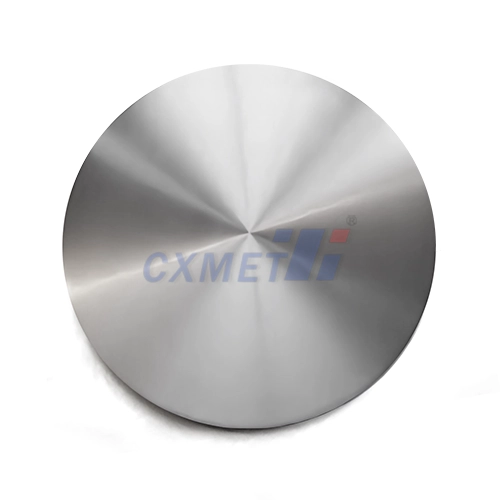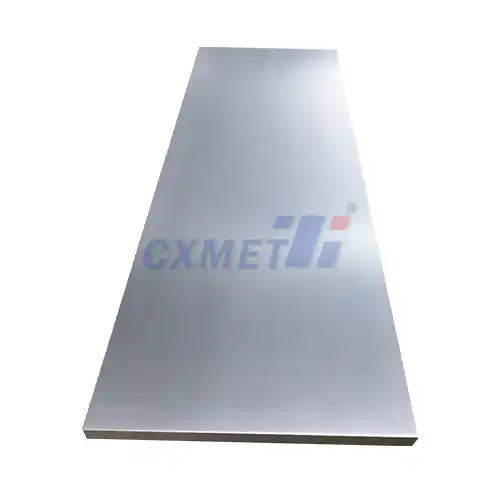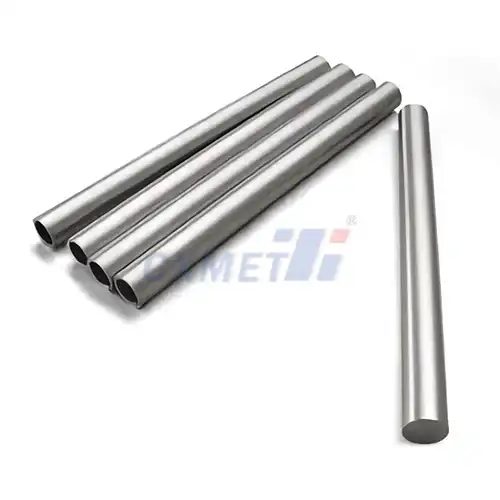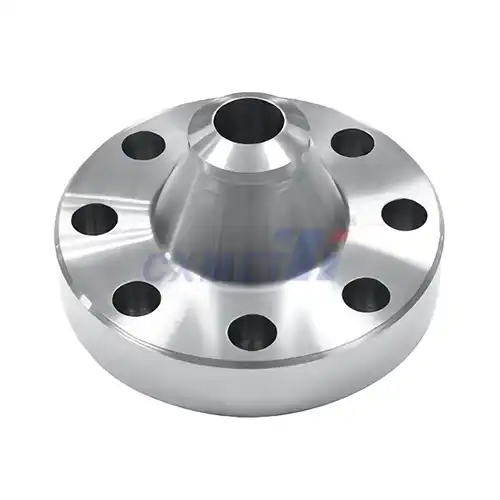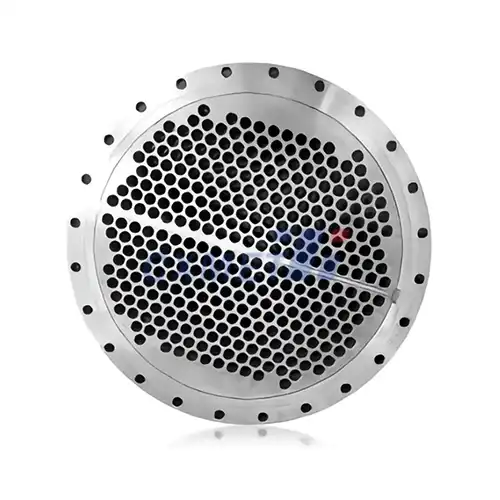- English
- French
- German
- Portuguese
- Spanish
- Russian
- Japanese
- Korean
- Arabic
- Greek
- German
- Turkish
- Italian
- Danish
- Romanian
- Indonesian
- Czech
- Afrikaans
- Swedish
- Polish
- Basque
- Catalan
- Esperanto
- Hindi
- Lao
- Albanian
- Amharic
- Armenian
- Azerbaijani
- Belarusian
- Bengali
- Bosnian
- Bulgarian
- Cebuano
- Chichewa
- Corsican
- Croatian
- Dutch
- Estonian
- Filipino
- Finnish
- Frisian
- Galician
- Georgian
- Gujarati
- Haitian
- Hausa
- Hawaiian
- Hebrew
- Hmong
- Hungarian
- Icelandic
- Igbo
- Javanese
- Kannada
- Kazakh
- Khmer
- Kurdish
- Kyrgyz
- Latin
- Latvian
- Lithuanian
- Luxembou..
- Macedonian
- Malagasy
- Malay
- Malayalam
- Maltese
- Maori
- Marathi
- Mongolian
- Burmese
- Nepali
- Norwegian
- Pashto
- Persian
- Punjabi
- Serbian
- Sesotho
- Sinhala
- Slovak
- Slovenian
- Somali
- Samoan
- Scots Gaelic
- Shona
- Sindhi
- Sundanese
- Swahili
- Tajik
- Tamil
- Telugu
- Thai
- Ukrainian
- Urdu
- Uzbek
- Vietnamese
- Welsh
- Xhosa
- Yiddish
- Yoruba
- Zulu
How Does the Customization Process Work for 3D Printed Titanium Products?
2024-08-02 17:33:21
The customization process for 3D printed titanium products has revolutionized manufacturing across various industries, from aerospace to medical devices. This innovative approach combines the strength and lightweight properties of titanium with the flexibility and precision of 3D printing technology. The process allows for the creation of complex, customized parts that were previously impossible or prohibitively expensive to produce using traditional manufacturing methods. By leveraging advanced 3D printing techniques, manufacturers can now tailor titanium products to meet specific customer requirements, optimize designs for performance, and reduce material waste.
What are the advantages of using 3D printed titanium in customized products?
3D printed titanium offers numerous advantages in the creation of customized products, making it an increasingly popular choice across various industries. One of the primary benefits is the ability to produce complex geometries and intricate designs that would be challenging or impossible to achieve with traditional manufacturing methods. This level of design freedom allows engineers and designers to optimize parts for specific applications, potentially improving performance and reducing weight.
The customization process also enables the creation of patient-specific medical implants and prosthetics. In the medical field, 3D printed titanium has been used to produce customized cranial plates, hip replacements, and dental implants that perfectly match a patient's anatomy. This tailored approach can lead to better outcomes, reduced surgical times, and improved patient comfort.
Another significant advantage is the potential for weight reduction. In aerospace and automotive applications, reducing the weight of components is crucial for improving fuel efficiency and performance. 3D printed titanium parts can be designed with internal lattice structures or topology-optimized shapes that maintain strength while significantly reducing overall weight.
The customization process also allows for rapid prototyping and iterative design improvements. Manufacturers can quickly produce prototype parts, test them, and make necessary adjustments without the need for expensive tooling or long lead times. This accelerates the product development cycle and enables companies to bring innovative products to market faster.
Furthermore, 3D printing titanium products can lead to reduced material waste compared to traditional subtractive manufacturing methods. The additive nature of 3D printing means that material is only deposited where needed, minimizing excess material and reducing the environmental impact of production.
The customization process also facilitates the production of spare parts on demand, potentially reducing inventory costs and improving supply chain efficiency. This is particularly valuable for industries dealing with legacy equipment or specialized components that may no longer be in regular production.
Lastly, the ability to customize 3D printed titanium products opens up new possibilities for personalization in consumer goods. From bespoke jewelry to custom sporting equipment, the technology allows for the creation of unique, tailored products that cater to individual preferences and requirements.
How does the design process differ for customized 3D printed titanium parts compared to traditional manufacturing?
The design process for customized 3D printed titanium parts differs significantly from traditional manufacturing methods, offering greater flexibility and opportunities for optimization. In traditional manufacturing, designers often have to work within the constraints of existing tooling and machining capabilities, which can limit the complexity and customization of parts. With 3D printing, these limitations are largely removed, allowing for a more creative and iterative design approach.
One of the key differences is the ability to create complex internal structures and geometries that would be impossible to produce through traditional methods. Designers can incorporate lattice structures, honeycomb patterns, or other intricate internal designs that optimize strength-to-weight ratios or enhance specific performance characteristics. This level of design freedom enables the creation of parts that are not only customized for their intended application but also optimized for performance and material efficiency.
The design process for 3D printed titanium parts also involves considerations specific to additive manufacturing. Designers must account for factors such as build orientation, support structures, and thermal management during the printing process. These considerations can influence the final design and may require iterations to ensure optimal printability and part quality.
Another significant difference is the ability to rapidly prototype and test designs. In traditional manufacturing, creating prototypes can be time-consuming and expensive, often requiring the production of molds or specialized tooling. With 3D printing, designers can quickly produce physical prototypes, test them, and make iterative improvements based on real-world feedback. This accelerated design cycle allows for more extensive testing and refinement before final production.
The design process for 3D printed titanium parts also often involves advanced simulation and optimization techniques. Tools like topology optimization and generative design can be used to create organic, biomimetic structures that maximize performance while minimizing material usage. These computational design approaches can lead to parts with unique geometries that are tailored to specific load cases and performance requirements.
Additionally, the design process for customized 3D printed titanium parts often involves closer collaboration between designers, engineers, and manufacturing specialists. The unique capabilities and constraints of 3D printing require a holistic approach to design that considers not only the part's functionality but also its manufacturability and post-processing requirements.
The customization process also allows for greater integration of features and consolidation of parts. Designers can combine multiple components into a single, complex 3D printed part, potentially reducing assembly time, improving reliability, and simplifying supply chains.
Lastly, the design process for 3D printed titanium parts often involves considerations for surface finish and post-processing. While 3D printing can produce near-net-shape parts, additional treatments such as heat treatment, machining, or surface finishing may be required to achieve the desired final properties and appearance.
What are the challenges and limitations in customizing 3D printed titanium products?
While the customization of 3D printed titanium products offers numerous advantages, it also presents several challenges and limitations that must be considered throughout the design and manufacturing process. One of the primary challenges is the high cost associated with 3D printing titanium. The equipment required for metal 3D printing, particularly for titanium, is expensive, and the raw materials can be costly compared to traditional manufacturing methods. This can make the production of small quantities or one-off custom parts relatively expensive, although economies of scale can be achieved for larger production runs.
Another significant challenge is the need for specialized knowledge and expertise in both 3D printing technology and titanium metallurgy. The process of 3D printing titanium is complex and requires a deep understanding of factors such as thermal management, powder characteristics, and post-processing techniques. This specialized knowledge can be a barrier to entry for some manufacturers and may require significant investment in training and expertise.
Quality control and consistency can also be challenging when customizing 3D printed titanium products. The layer-by-layer nature of 3D printing can sometimes lead to anisotropic material properties, where the strength and behavior of the part vary depending on the build direction. Ensuring consistent material properties and part quality across different builds and machines requires rigorous process control and testing protocols.
The size limitations of current 3D printing technology can also be a constraint when customizing titanium products. While large-format 3D printers are becoming more common, there are still practical limits to the size of parts that can be produced in a single build. This can necessitate the design of parts that can be assembled from multiple 3D printed components, which may add complexity to the manufacturing process.
Surface finish is another area where 3D printed titanium parts may face limitations. The layer-by-layer build process can result in a characteristic "stair-stepping" effect on curved or angled surfaces. While post-processing techniques can improve surface finish, achieving a perfectly smooth surface comparable to machined parts may require additional time and expense.
The customization process must also account for the thermal stresses and potential distortion that can occur during the 3D printing of titanium. The high temperatures involved in melting titanium powder can lead to residual stresses in the part, potentially causing warping or dimensional inaccuracies. Designers and manufacturers must carefully consider these factors and may need to implement strategies such as stress-relief heat treatments or design modifications to mitigate these effects.
Regulatory compliance and certification can be particularly challenging for customized 3D printed titanium products, especially in industries with stringent quality and safety requirements such as aerospace and medical devices. The unique nature of each customized part may require extensive testing and documentation to ensure compliance with industry standards and regulations.
Lastly, the intellectual property landscape surrounding 3D printed and customized products can be complex. As the technology enables the easy replication of designs, protecting proprietary designs and ensuring compliance with existing patents can be challenging. This may require new approaches to intellectual property management and licensing in the context of customized, 3D printed products.
At SHAANXI CXMET TECHNOLOGY CO., LTD, we take pride in our extensive product range, which caters to diverse customer needs. Our company is equipped with outstanding production and processing capabilities, ensuring the high quality and precision of our products. We are committed to innovation and continuously strive to develop new products, keeping us at the forefront of our industry. With leading technological development capabilities, we are able to adapt and evolve in a rapidly changing market. Furthermore, we offer customized solutions to meet the specific requirements of our clients. If you are interested in our products or wish to learn more about the intricate details of our offerings, please do not hesitate to contact us at sales@cxmet.com. Our team is always ready to assist you.
References:
1. Gibson, I., Rosen, D., & Stucker, B. (2015). Additive Manufacturing Technologies: 3D Printing, Rapid Prototyping, and Direct Digital Manufacturing. Springer.
2. Frazier, W. E. (2014). Metal Additive Manufacturing: A Review. Journal of Materials Engineering and Performance, 23(6), 1917-1928.
3. Sing, S. L., An, J., Yeong, W. Y., & Wiria, F. E. (2016). Laser and electron-beam powder-bed additive manufacturing of metallic implants: A review on processes, materials and designs. Journal of Orthopaedic Research, 34(3), 369-385.
4. Herzog, D., Seyda, V., Wycisk, E., & Emmelmann, C. (2016). Additive manufacturing of metals. Acta Materialia, 117, 371-392.
5. Lewandowski, J. J., & Seifi, M. (2016). Metal Additive Manufacturing: A Review of Mechanical Properties. Annual Review of Materials Research, 46, 151-186.
6. Thompson, M. K., Moroni, G., Vaneker, T., Fadel, G., Campbell, R. I., Gibson, I., ... & Martina, F. (2016). Design for Additive Manufacturing: Trends, opportunities, considerations, and constraints. CIRP Annals, 65(2), 737-760.
7. Xu, W., Brandt, M., Sun, S., Elambasseril, J., Liu, Q., Latham, K., ... & Qian, M. (2015). Additive manufacturing of strong and ductile Ti–6Al–4V by selective laser melting via in situ martensite decomposition. Acta Materialia, 85, 74-84.
8. Gao, W., Zhang, Y., Ramanujan, D., Ramani, K., Chen, Y., Williams, C. B., ... & Zavattieri, P. D. (2015). The status, challenges, and future of additive manufacturing in engineering. Computer-Aided Design, 69, 65-89.
9. Bourell, D., Kruth, J. P., Leu, M., Levy, G., Rosen, D., Beese, A. M., & Clare, A. (2017). Materials for additive manufacturing. CIRP Annals, 66(2), 659-681.
10. Tan, X., Kok, Y., Tan, Y. J., Descoins, M., Mangelinck, D., Tor, S. B., ... & Chua, C. K. (2015). Graded microstructure and mechanical properties of additive manufactured Ti–6Al–4V via electron beam melting. Acta Materialia, 97, 1-16.
